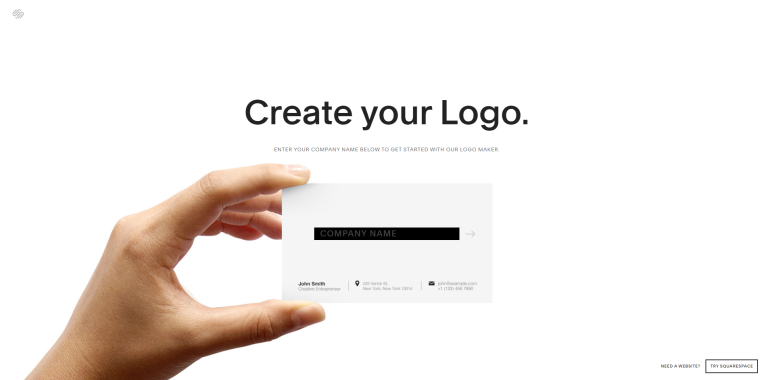How to Check if a Link Is Safe: Avoid Malicious URLs in 2025
In the digital age of 2025, navigating the internet safely is more crucial than ever. Cybercriminals continuously evolve their tactics, and malicious URLs have become increasingly sophisticated. A simple click on a shady link can lead to malware infections, phishing schemes, or identity theft. To stay protected, it’s essential to know how to identify and avoid unsafe links before you click. Here’s your easy guide to checking if a link is safe.
Why Checking Links Matters
Table of Contents
Clicking on a malicious URL can compromise your device and personal data. These harmful links can come from emails, text messages, social media posts, or even legitimate-looking websites. In 2025, attackers are using advanced AI to craft believable and enticing links, making scams harder to detect by intuition alone. That’s why it’s essential to remain vigilant and proactive.

How to Identify a Suspicious Link
Here are some indicators that a link might be dangerous:
- Strange or misspelled domain names: Attackers often use URLs that are almost identical to popular sites.
- Shortened URLs: Tools like bit.ly or tiny.cc hide the actual destination, which can be a red flag.
- Unexpected messages: Links coming from unknown senders or unexpected contexts, even if familiar, should be treated with caution.
- Urgent or threatening language: Warnings like “Act now or your account will be suspended” are often bait tactics in phishing attempts.
Tools to Analyze Link Safety
Fortunately, several trusted tools and methods can help you vet a URL before clicking:
- Google Safe Browsing: Copy and paste the URL into Google Transparency Report to see if it’s been flagged.
- VirusTotal: This online service scans URLs using multiple antivirus engines. Simply go to VirusTotal.com, paste the suspicious link, and review the results.
- URLVoid: Offers reputation analysis for URLs and websites, including server and domain information.
- Browser Extensions: Tools like HTTPS Everywhere and Web of Trust (WOT) offer real-time alerts as you browse.
Hover to Uncover
Before clicking any link, hover your mouse over it (or long press on mobile) to preview the actual URL. This can reveal hidden red flags like misspelled domains or suspiciously long strings full of random characters.
Use Strong Antivirus and Firewall Protection
Even if you’re careful, having dedicated protection provides an extra layer of security. In 2025, many antivirus platforms now include AI-powered URL analysis, which can recognize phishing pages and malware hosts before they load in your browser.

Best Practices for Avoiding Malicious Links
Besides using tools, following good digital hygiene habits can greatly reduce your risk:
- Don’t click on links in unsolicited emails or messages.
- Verify with the sender: If a friend or colleague sends a link and it seems out of character, reach out directly to confirm it’s legitimate.
- Always use secure networks: Public Wi-Fi can make you vulnerable to man-in-the-middle attacks, where safe-looking URLs are manipulated.
- Keep software up to date: Many attacks exploit unpatched vulnerabilities in browsers and apps.
The Future of URL Safety
As the internet becomes smarter, so do cyber threats. In 2025 and beyond, expect more AI-enhanced scams, deepfakes, and dynamic phishing pages. On the flip side, security tools are also advancing, offering real-time link verification, personalized threat detection, and integration with virtual assistants that flag suspicious content immediately.
Conclusion
Checking the safety of a link may seem like a small action, but it can prevent major headaches down the road. By understanding the signs of malicious URLs and using the right tools, you can surf the web safely and confidently. In a world where a single click can have serious consequences, a little caution goes a long way.
Stay informed, stay alert, and don’t click unless you trust it.







